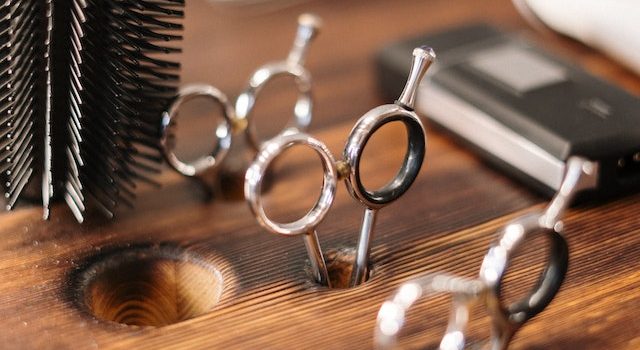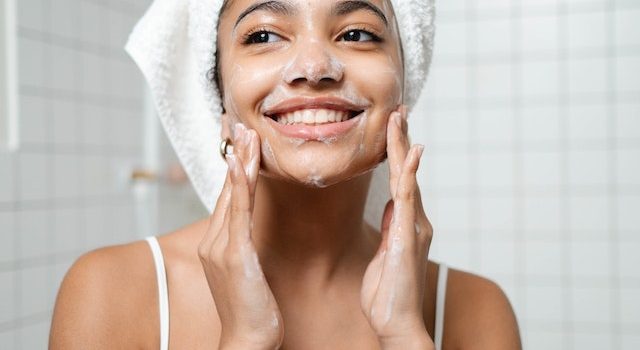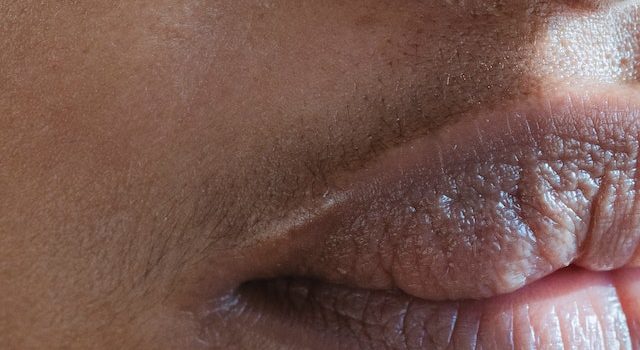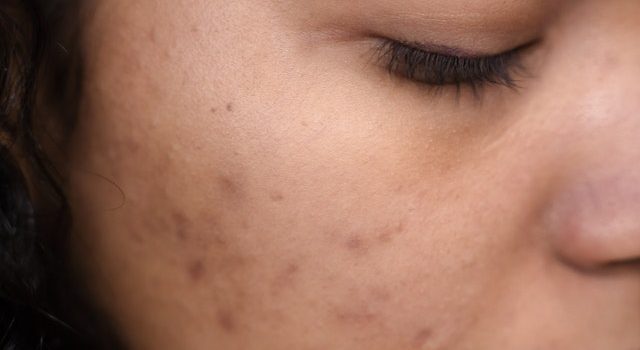
Introduction:
The rise of Artificial Intelligence (AI) has sparked intense debates about its potential impact on humanity. Recently, President Joe Biden’s alarming statements regarding AI and its implications for human thinking have brought this issue to the forefront. In this article, we delve into the President’s concerns and explore the ongoing battle for dominance between AI and human thinking.
President Biden’s Concerns:
President Biden’s statements shed light on the potential dangers of AI overtaking human thinking. He warns against the blind adoption of AI without considering its long-term consequences. The President highlights the need to strike a balance between the capabilities of AI and the irreplaceable qualities of human cognition, creativity, and empathy.
The Power and Limitations of AI:
AI has made remarkable strides in recent years, demonstrating its ability to perform complex tasks and outperform humans in certain domains. Machine learning algorithms have surpassed human capabilities in areas such as image recognition and data analysis. However, AI still falls short when it comes to understanding context, making nuanced decisions, and displaying true human consciousness.
Preserving Human Qualities:
President Biden emphasizes the importance of preserving the unique qualities that make us human. While AI can enhance our productivity and efficiency, it lacks the depth of human emotions, moral reasoning, and intuition. The President argues that these qualities are vital for maintaining a just and compassionate society, and we must ensure they are not compromised in the pursuit of AI advancement.
The Ethical Dilemma:
The increasing integration of AI in various aspects of our lives raises ethical concerns. President Biden raises questions about the potential biases embedded in AI algorithms and the consequences of delegating critical decisions to machines. He urges policymakers, researchers, and industry leaders to address these ethical dilemmas and ensure that AI is developed and deployed in a manner that upholds human values and rights.
The Role of Regulation:
President Biden advocates for robust regulations to govern the development and deployment of AI technologies. He highlights the need for transparency, accountability, and oversight to prevent the misuse of AI and protect against the concentration of power in the hands of a few. The President calls for the establishment of clear guidelines and standards to ensure that AI systems are developed ethically and serve the best interests of society.
Human-Computer Collaboration:
Rather than viewing AI as a threat, President Biden encourages exploring the potential of human-computer collaboration. He envisions a future where humans and AI work together synergistically, leveraging the strengths of each to solve complex problems and drive innovation. The President believes that combining human ingenuity with AI’s computational power can lead to unprecedented advancements across various fields.
The Need for Education and Adaptation:
President Biden stresses the importance of education and lifelong learning to adapt to the changing landscape shaped by AI. He advocates for investment in educational programs that equip individuals with the skills necessary to thrive in an AI-driven world. The President highlights the need for a comprehensive approach that addresses the potential job displacement caused by AI and ensures a just transition for workers.
Conclusion:
President Biden’s alarming statements on AI and its potential impact on human thinking reflect the ongoing battle for dominance between AI and human cognition. While acknowledging the power and potential of AI, the President urges caution and emphasizes the need to preserve the unique qualities that define us as human beings. By implementing robust regulations, fostering human-computer collaboration, and prioritizing education and adaptation, we can navigate this complex landscape and harness the benefits of AI while safeguarding the essence of what it means to be human. The ongoing dialogue around AI vs human thinking serves as a reminder that technology should always serve humanity’s best interests and be guided by ethical considerations.

















